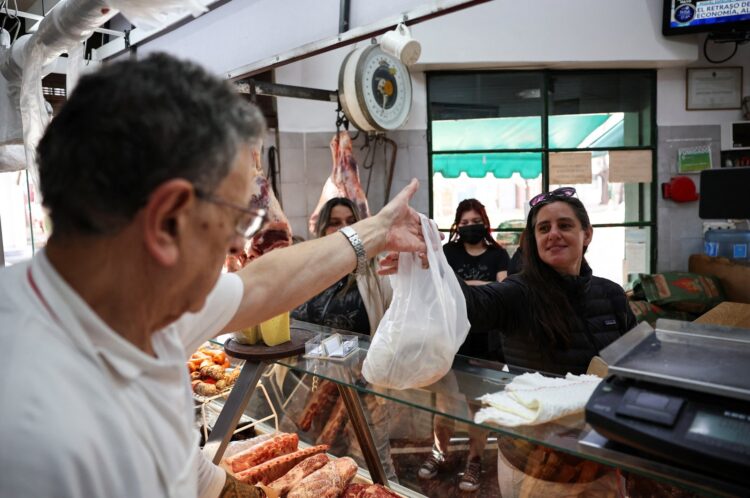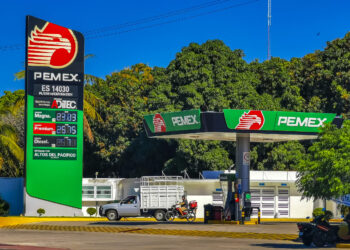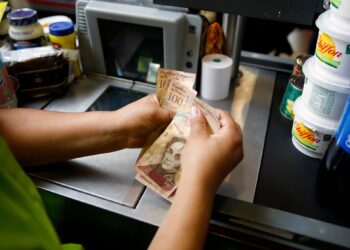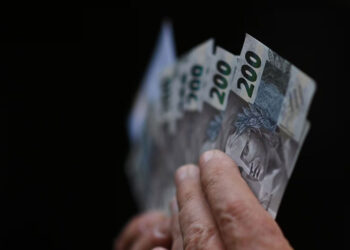Argentina’s battle against triple-digit inflation, one of the highest globally, shows signs of easing, but help for workers remains elusive. Despite the slowdown in price growth, many Argentines are struggling as their wages remain stagnant and the cost of basic goods continues to rise.
In September, Argentina’s annual inflation rate stood at a staggering 209%, although the monthly rate fell to 3.5%, the lowest level since the end of 2021. This moderation aligns with the predictions of analysts, who anticipate that Inflation will close 2024 at 124%. However, for citizens like university professor Daniel Vazquez, this is little consolation. “Prices continue to rise, but salaries are not moving,” he said while shopping in Buenos Aires, highlighting the growing disparity between costs and income.
President Javier Milei has implemented a strict austerity plan, reducing subsidies in sectors such as energy and transportation, and cutting public sector jobs. Although Milei maintains that this approach is the only genuine way to combat inflation, the policies have deepened a recession and pushed poverty rates to around 53%.
For daily commuters, utility costs have skyrocketed, with water, power and gas prices rising more than 7% in just one month. Housing costs have nearly quadrupled compared to last year, further straining family budgets. Meanwhile, food prices, although rising at a slower pace, remain significantly higher than a year ago, leaving many struggling to stay afloat.
As Milei’s policies continue, many Argentines wonder when true relief will come.
















